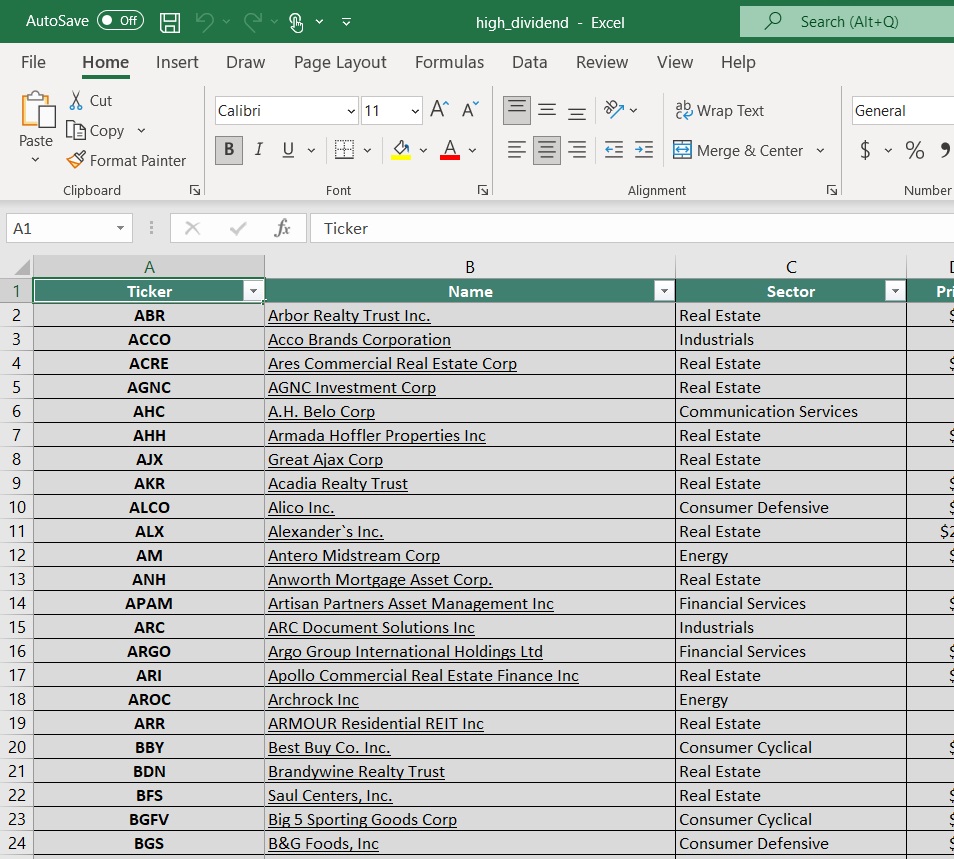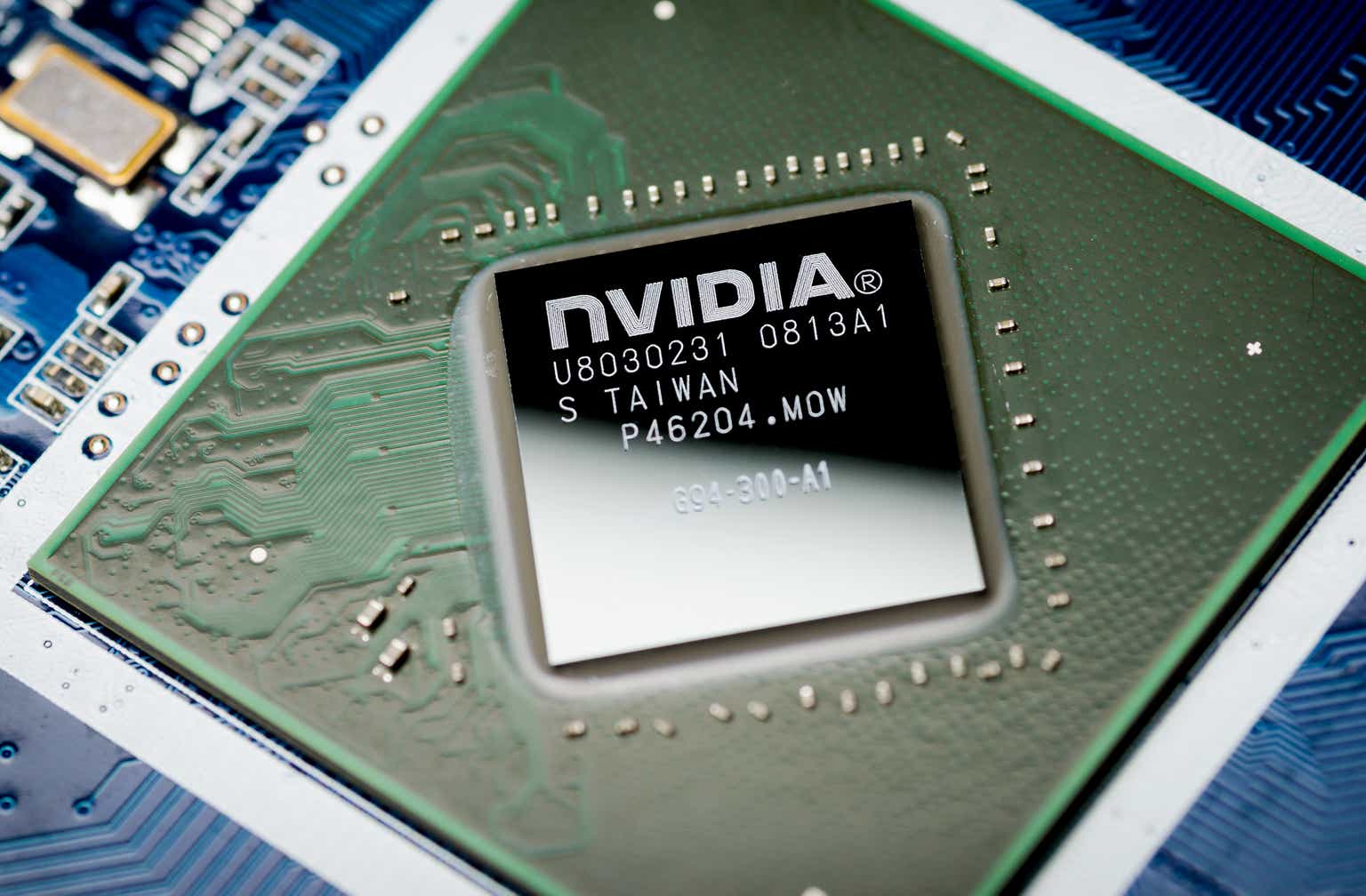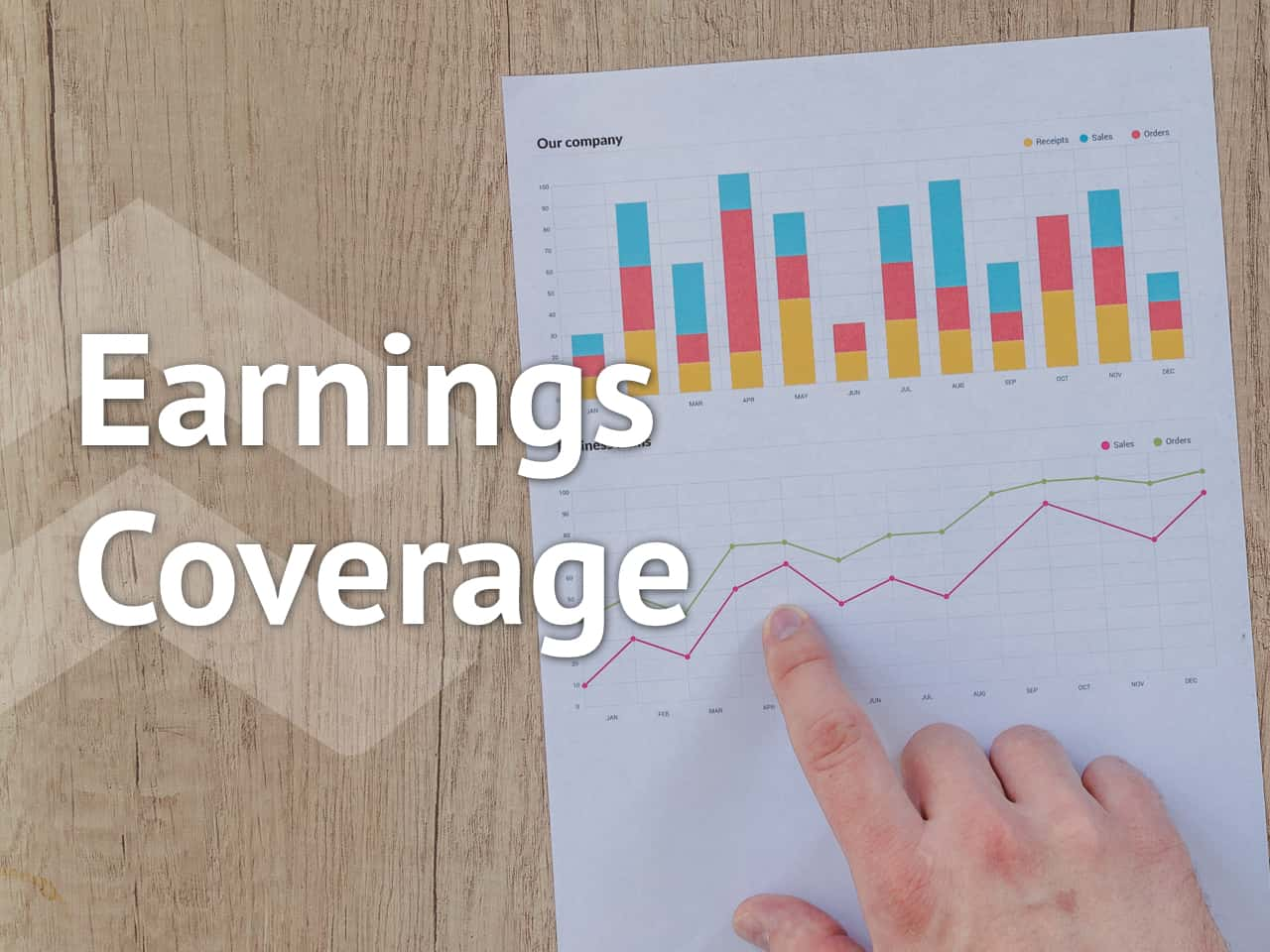The crypto market’s recent gyrations following the FTX exchange’s bankruptcy necessitate a fresh look at the evolving relationships between cryptocurrencies and traditional asset classes. Current market dynamics notwithstanding, interest in digital asses remains high: 16% of Americans have either invested in, traded, or used cryptocurrencies, while around 87% say they know at least a little about them, according to Pew Research Center data from July. While bitcoin was once touted as a hedge against equity markets and a potentially uncorrelated addition to investment portfolios, its growing correlation with the S&P 500 indicates otherwise.
With many retail and institutional investors evaluating allocations to crypto, from a portfolio diversification perspective, how do cryptocurrencies perform relative to various mutual funds, sector exchange-traded funds (ETFs), and commodities?
Correlation’s role in portfolio diversification is well-known: Less correlation reduces risk and overall portfolio volatility. From 2019 to 2022, however, the S&P Cryptocurrency Broad Digital Market Index (SPCBDM)’s correlation to the S&P 500 rose from 0.54 to 0.801, indicating that cryptocurrencies have moved increasingly in tandem with equities.
To better understand crypto’s relationship with other asset classes and the larger market, we investigated how various digital currencies correlate with active and passive funds, SPDR sector ETFs, and commodities. If they’re uncorrelated or negatively correlated, then crypto could potentially contribute to lower overall portfolio risk through diversification. If not, a crypto allocation may be counterproductive.
To conduct our analysis, we gathered daily close price data for five cryptocurrencies — bitcoin (BTC), Ether (ETH), Litecoin (LTC), XRP, and Cardano (ADA) — from October 2019 to October 2022. We collected the same data subsets for a selection of mutual funds, including large-cap growth, large-cap value, and mid-cap growth, among other varieties, as well as for various active and passive equity and bond funds, with each category consisting of a total of 30 funds. We also culled daily close price data for the following eight SPDR sector ETFs during the same period: XLB (US materials), XLE (US energy), XLF (US financials), XLI (US industrials), XLK (US technology), XLP (US consumer staples), XLU (US utilities), and XLV (US health care).

Finally, we compiled the same data for gold, silver, crude oil, natural gas, and the Bloomberg Commodity Index (BCOM). We then calculated daily returns based on these prices using Python. From there, we created correlation matrices and heat maps to assess the relationships among the cryptocurrencies and the various funds, sectors, and commodities.
Crypto and Sector ETFs: Correlation Heat Map

Crypto Coefficients
Of the five cryptocurrencies, Litecoin had the highest correlation with both bitcoin and Ether at 0.81, while bitcoin and Ether had a significant positive relationship, with a correlation of 0.79. Comparatively, Cardano and XRP had lower correlations, from 0.46 to 0.58, with their crypto peers.
The five cryptocurrencies have negligible or weak positive correlations with the sector ETFs, according to our results. These correlations range from 0.1 to a maximum of 0.39, with XRP exhibiting the lowest. Among ETFs, the XLK (US technology) and XLB (US materials) demonstrated the highest — if only weakly positive — correlation with the cryptocurrencies. Crypto’s correlation with the sector ETFs was much greater, topping out at 0.92 for XLI (US industrials) and XLF (US financials), and XLI and XLB.
So what about the correlation between crypto and the various mutual funds? The following heat map illustrates the low positive correlation among them. The correlations range from a bottom of 0.19 to a high of 0.41. These suggest a relatively weak but slightly stronger relationship than that between the digital currencies and the sector ETFs. As with the sector ETFs, of all the cryptocurrencies, XRP displays the lowest mutual fund correlation.
Crypto and Mutual Funds: Correlation Heat Map

Growth funds exhibit a stronger correlation to cryptocurrencies than value funds. The correlation coefficient between small-cap growth funds and bitcoin, for instance, is 0.41, compared to 0.35 for small-cap value funds and bitcoin. This relationship is similar for both mid-cap and large-cap funds and implies that crypto assets are weakly sensitive to the interest rate dynamics that have driven much of the recent drawdown in growth stocks. The correlation with mutual funds was much higher, however, with that between mid-cap value and small-cap value funds topping out at 0.97.
The cryptocurrencies display even weaker positive correlations with bonds than they do with equities, according to the following heat map. Demonstrating Sharpe’s arithmetic, the correlation to active and passive equity funds is by far the highest at 0.98.
Crypto, Passive and Active Equity and Bonds: Correlation Heat Map

As for commodities1, the heat map below demonstrates that all the cryptocurrencies have negligible positive or negative correlations with them. Only natural gas shows low negative relationships with crypto, specifically BTC, LTC, ADA, and XRP. Since the values are close to zero, these assets have little to no co-movement. Silver has the highest correlation, peaking at 0.26 for silver and bitcoin. Bitcoin, the so-called “digital gold,” exhibits only weak correlation with the precious metal.
Crypto and Commodities: Correlation Heat Map

So, what can we take away from all this? Cryptocurrencies’ low positive correlation with mutual funds and ETFs may indicate an increase in cross-market trading and signal crypto’s growing popularity. Moreover, in a rising interest rate environment and amid the diminished efficacy of the traditional 60/40 equity/bond portfolio, crypto’s weak correlation to traditional assets may offer potential diversification benefits for long-horizon investors who can withstand added short-term volatility. Not all cryptocurrencies display the same lack of correlation to traditional assets, however, so investors need to be discerning about which ones they target.
1. People commonly invest in commodities through forward contracts or futures contracts. Since these contracts are derivatives, they derive their values from their underlying assets. A futures contract on gold, for instance, derives its value from the spot prices of gold. According to the cost of carry model, the futures price is influenced by the spot price of the underlying asset. The futures price is determined as the sum of the asset’s spot price plus the cost of carrying/storage. Using spot prices allows for better representation of the underlying value of the asset.
If you liked this post, don’t forget to subscribe to the Enterprising Investor
All posts are the opinion of the author. As such, they should not be construed as investment advice, nor do the opinions expressed necessarily reflect the views of CFA Institute or the author’s employer.
Image credit: ©Getty Images/ Wachiwit
Professional Learning for CFA Institute Members
CFA Institute members are empowered to self-determine and self-report professional learning (PL) credits earned, including content on Enterprising Investor. Members can record credits easily using their online PL tracker.
















